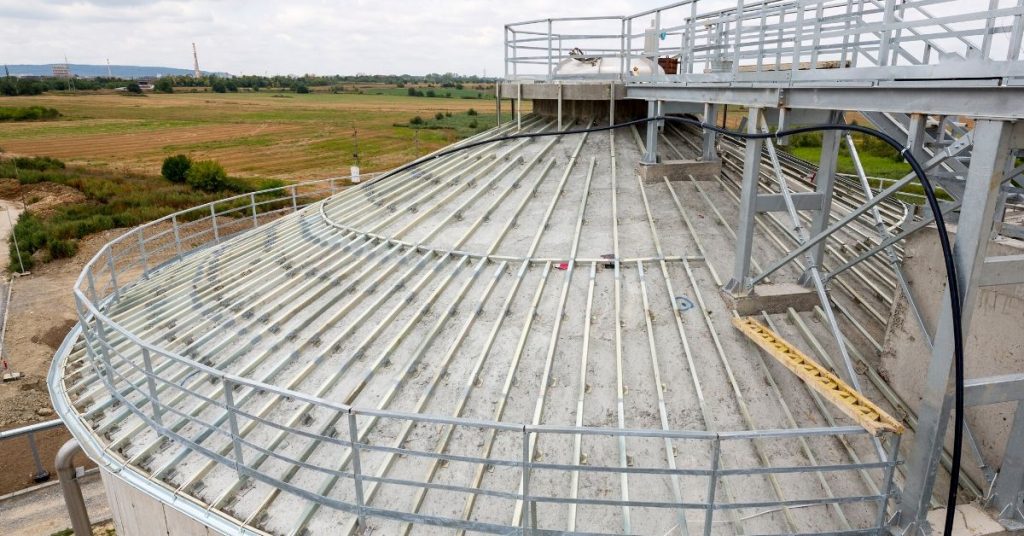How Do Wastewater Plants Remove Solids From A Digester?
The design of a wastewater mechanical treatment plant uses the biological process to breakdown solids. The design of the waste water treatment plant (wwtp) process is concerned with the engineering design to assure the different steps of the process are optimized to break down, remove and bio-degrade the solids through the steps of the treatment process. Most engineered designs are optimized by using air, bubbling, stirring throughout the system to enhance the breakdown of the sludge.
When the wwtp process experiences difficulty in breaking down the solids an alternative is to have the solids removed. This often includes a third party who is qualified to handle the cleaning and removal of solids out of the digester. This approach employs the mechanical use of hydraulic pumps to mix and remove the contents. The material is extracted to approved transport equipment to haul the materials out of the wwtp. The sludge and solids are mechanically extracted, effectively cleaning out the digester from the accumulated solids.
These services can create on-going commitment to operational expenses that add up to spending in budgets that can be costly to operations. An alternate approach is to use ProBiotic Dredging® to bio-degrade the organic solids directly in the digester. The improvement of the material in the solids allows for the breakdown of solids directly inside the wastewater treatment process. ProBiotic Dredging® handles sludge and solids directly in the treatment process, making the over all efficiency of solids removal and reduction more cost effective. The optimization of the treatment in the sludge handling system provides the client a cost effective approach to removing solids and the solids handling without expensive hauling and transportation.
The most common question from clients is; what happens to the solids? The biological process is enhanced, allowing for the solids to break down into easily digested components of water and natural occurring gasses. The carbonaceous materials are broken down using the engineered solution of the wastewater treatment process. The increase in the bio dredging occurs by increasing the beneficial food and microbial process that is already present in the wwtp. The increase in the biological process is accomplished by using food and microbe enhancement offered in the programs provided by ProBiotic Dredging®. The overall cost and efficiency in the wastewater treatment plant process provides tremendous value in operations and maintenance for sludge removal and sludge disposal costs.


